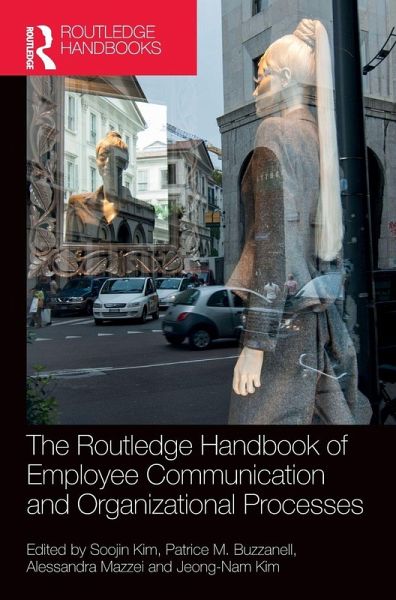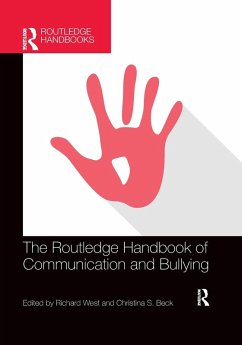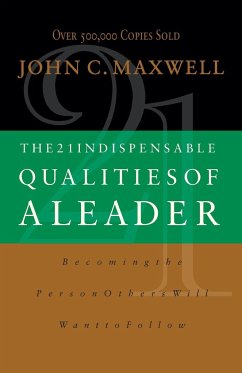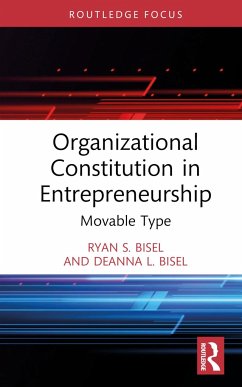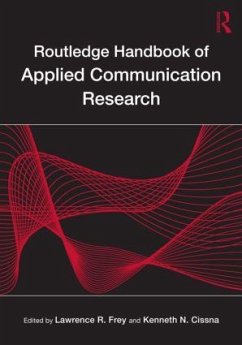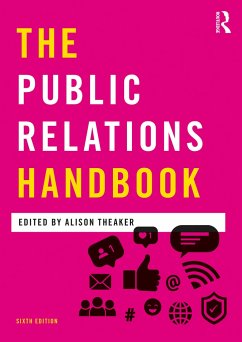Soojin Kim is an Associate Professor and Program Director in the School of the Arts and Media, University of New South Wales (UNSW), Australia. Her research seeks to find connections between public/stakeholder insights and organizations' optional strategies for facilitating meaningful engagement and collaboration. She has published in peer-reviewed journals, including Public Relations Review, Communication Research, Journal of Business Research, International Journal of Communication, and International Journal of Strategic Communication. Patrice M. Buzzanell is a Distinguished Professor in the Department of Communication at the University of South Florida, USA. Her primary research areas are organizational communication, career, work-life, resilience, feminist/gender organizing, and design. She has been honored with the Purdue Provost Mentorship Award and Distinguished Professorship, as well as ICA's B. Aubrey Fisher Mentorship Award. Alessandra Mazzei is a Professor of Management at IULM University, Milan, Italy. She has been awarded with several scientific prizes and published several books and articles in journals such as International Journal of Strategic Communication, Corporate Communications: An International Journal, Business Ethics Quarterly, and Journal of Business Research. Her research interests focus on internal communication and employee engagement, organizational voice and silence, whistleblowing, and internal crisis communication. Jeong-Nam Kim is a communication theorist. He is known for his theory, Situational Theory of Problem Solving (STOPS), and is the founder and leader of the DaLI (Debiasing and Lay Informatics) laboratory, which aims to tackle some of the most pressing information problems of our time such as pseudo-information, public biases, and failing information markets.
